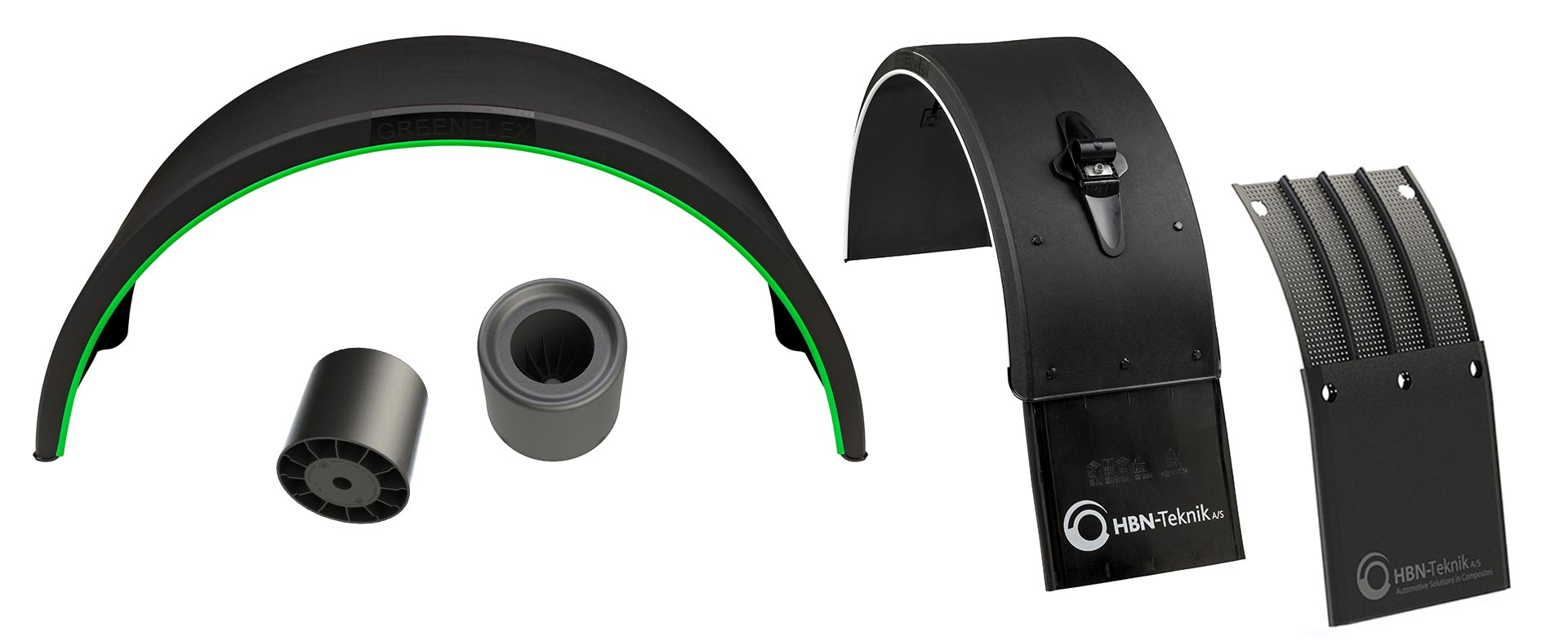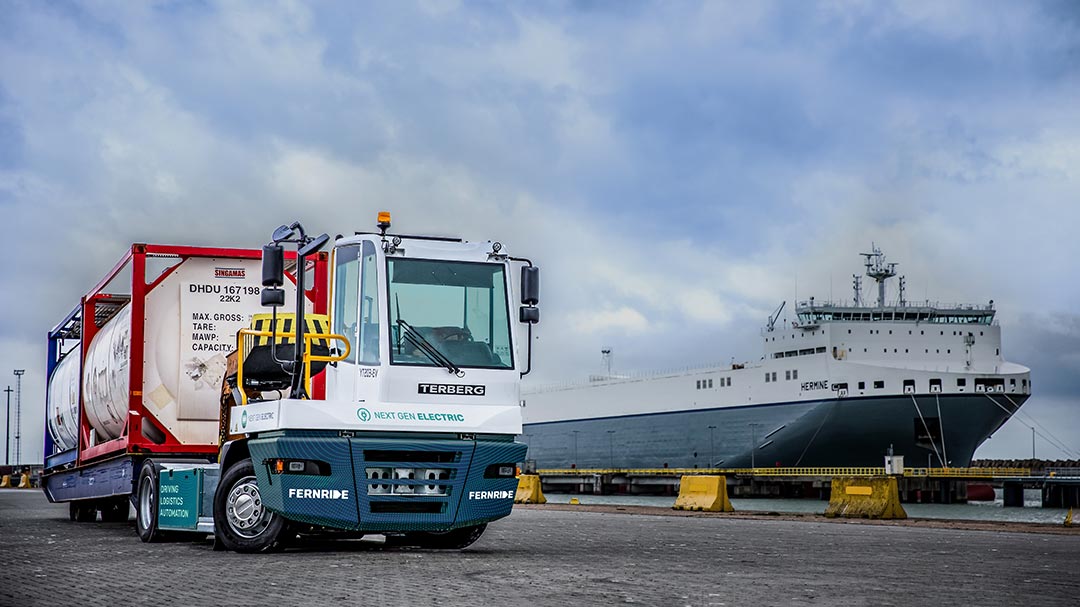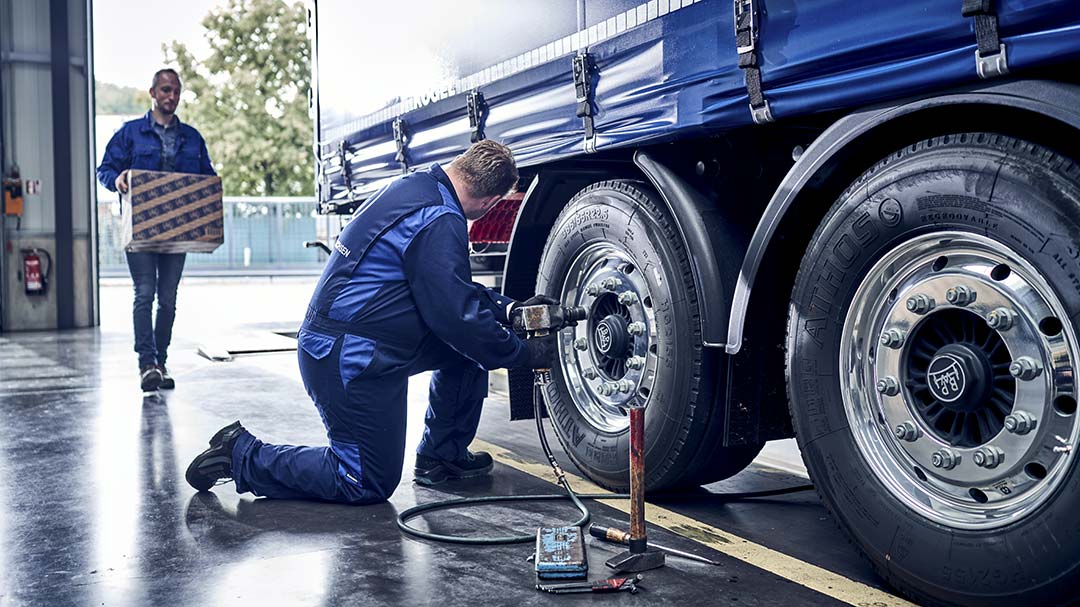For a long time now, we have been working on constructing trailer components out of plastic, which are traditionally manufactured from steel. So for example, we have developed the
BPW air suspension bellows pistons out of polyamide. We are working on making other products lighter and switching materials in new goods to recycled materials. I see even more potential for recycled materials, such as in our
GREENFLEX® mudguards, which is manufactured from high-grade recycled polypropolene: this combination makes it particularly shock and impact resistant. We have a project in which we recycle polyamide. And we are implementing development projects in which we test to see whether it would be possible to transform more parts.








